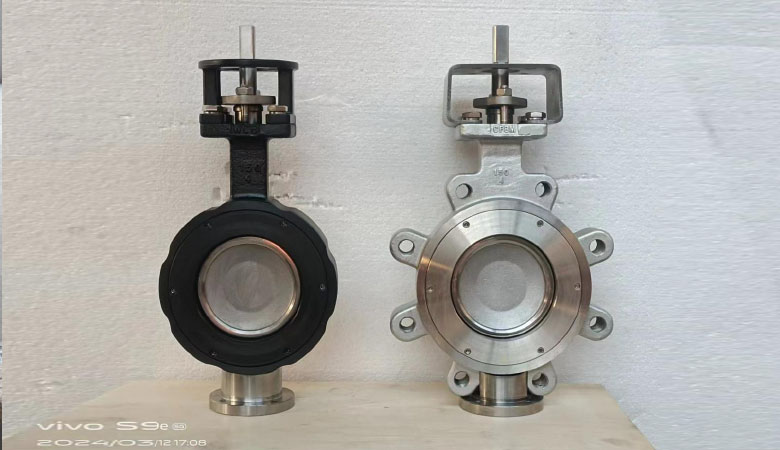High-Performance Butterfly Valves: A Key to Environmental Protection
In an era where environmental concerns are at the forefront of global priorities, industries are increasingly seeking solutions that not only enhance operational efficiency but also minimize their ecological footprint. Among these solutions, high-performance butterfly valves have emerged as a critical component in promoting environmental sustainability.1 Through their superior sealing capabilities, corrosion resistance, and energy-efficient design, these valves are playing a crucial role in safeguarding our planet.With the growing awareness of environmental protection, high-performance butterfly valves are being used more and more widely in fields such as sewage treatment, flue gas treatment, and water supply systems.

Superior Sealing: Preventing Leaks and Protecting Water Resources
One of the most significant environmental benefits of high-performance butterfly valves is their exceptional sealing performance.2 Equipped with advanced sealing mechanisms, such as triple eccentric or double eccentric structures, these valves ensure minimal to zero leakage when closed.3 This feature is particularly crucial in preventing the escape of pollutants, such as industrial wastewater or sewage, which can contaminate water sources and harm aquatic ecosystems. By minimizing leaks, high-performance butterfly valves contribute significantly to the preservation of clean water resources.4
Corrosion Resistance: Extending Lifespan and Reducing Environmental Impact
Many industrial processes involve corrosive substances that can degrade traditional valves over time, leading to leaks and potential environmental hazards.5 High-performance butterfly valves, however, are often constructed from corrosion-resistant materials like stainless steel or specialized alloys.6 This inherent resistance allows them to withstand harsh operating conditions and extend their service life.7 By reducing the frequency of valve replacements, these valves minimize the risk of leaks caused by corrosion-related failures, thereby protecting the environment from potential contamination.
Energy Efficiency: Reducing Energy Consumption and Carbon Footprint
In addition to their sealing and corrosion-resistant properties, high-performance butterfly valves are designed with energy efficiency in mind.8 Their streamlined bodies and discs minimize flow resistance, reducing the energy required to operate them.9 This translates to lower energy consumption and a smaller carbon footprint for industrial facilities. Furthermore, the precise control offered by these valves enables optimization of flow rates, further enhancing energy efficiency and reducing operational costs.10
Applications in Environmental Protection
The environmental benefits of high-performance butterfly valves extend across various sectors:
- Wastewater Treatment: In wastewater treatment plants, these valves regulate flow, ensuring effective treatment processes and preventing the release of pollutants into the environment.11
- Flue Gas Desulfurization: In power plants, they control the injection of desulfurization agents, maximizing the removal of harmful sulfur dioxide from flue gases.
- Waste Management: In waste treatment facilities, they manage airflow in incinerators, optimizing combustion efficiency and minimizing emissions.
Conclusion
High-performance butterfly valves stand as a testament to how industrial components can be engineered to serve both operational and environmental needs. Through their superior sealing, corrosion resistance, and energy efficiency, they are playing a vital role in minimizing pollution, conserving resources, and promoting a sustainable future.12 As environmental awareness grows, the adoption of these valves is expected to increase, further contributing to the protection of our planet.
